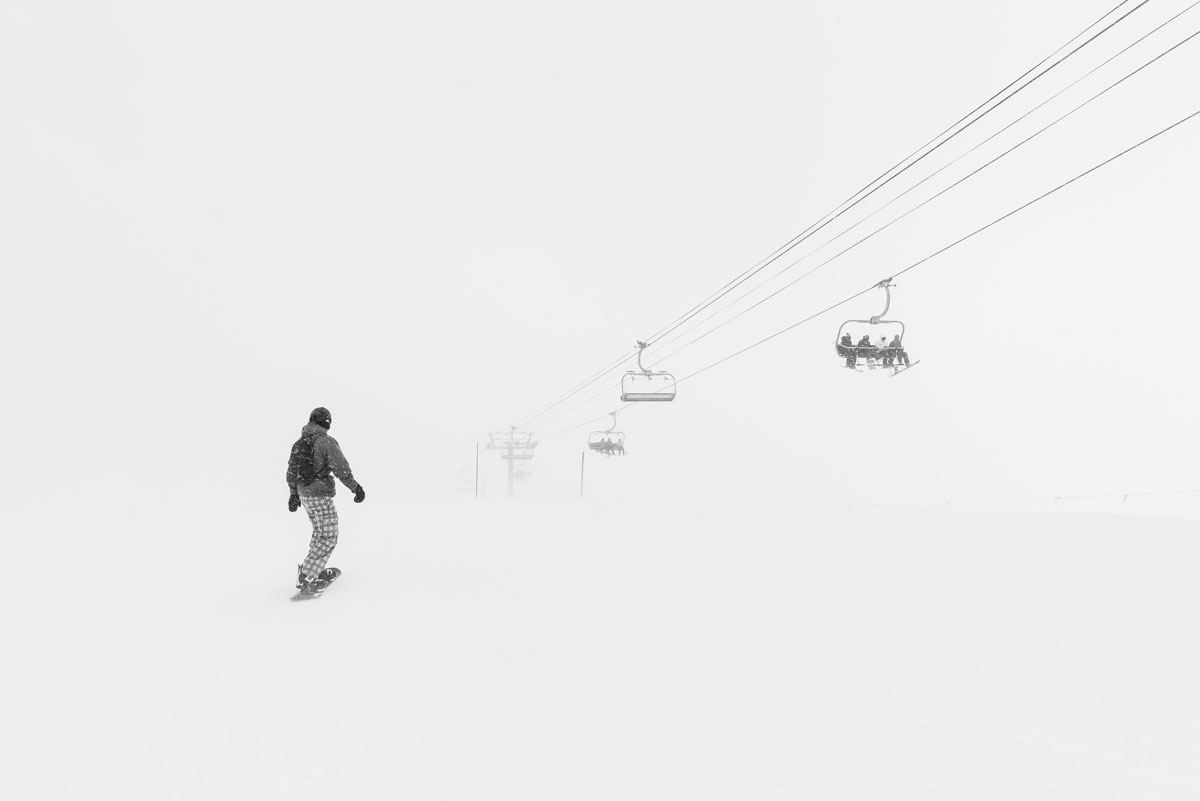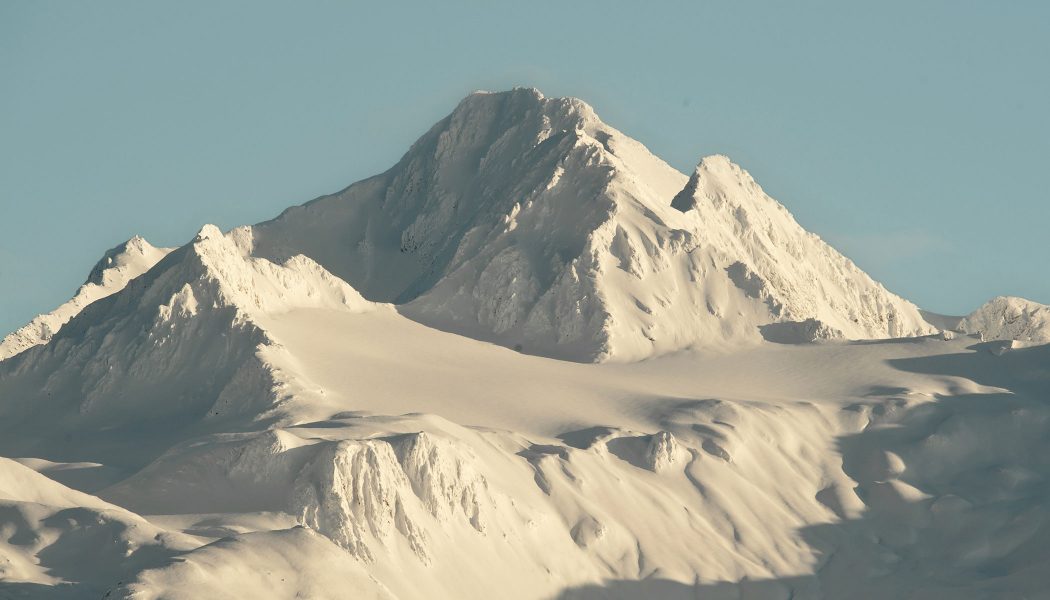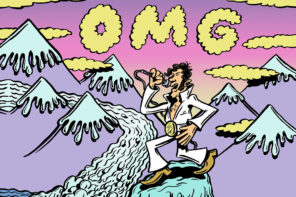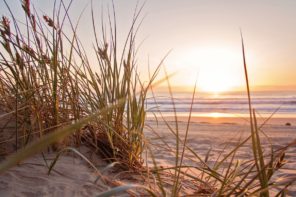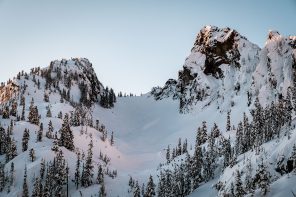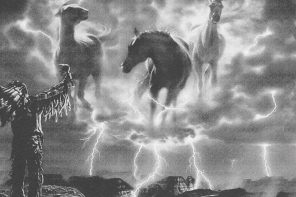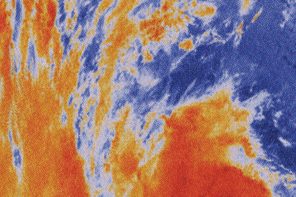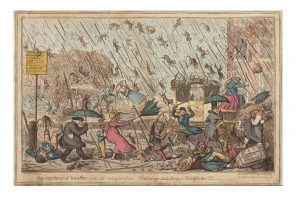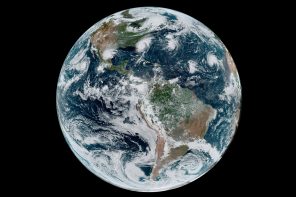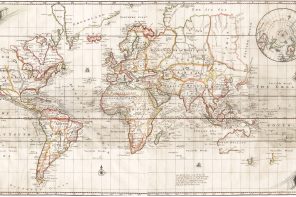Protect Our Winters Puts Up A Fight
If you enjoy skiing, snowboarding, climbing, hiking, biking, running, going for walks outside, breathing air or snowball fights this one is likely for you.
There is an organization that exists in the world called Protect Our Winters and they like the things you like. They like them so much they’re going to help you keep ’em around.
Disclaimer: If you’re already familiar with POW please skip ahead as this is the backstory on how an organization like this came into existence, some of the things it has accomplished, and, most importantly, some of the good things you and anyone sitting next to you as you read this could do to protect our winters.
What is POW?
Let’s Start At The Beginning Shall We:
Jeremy Jones was born on January 14, 1975, in Cape Cod, Massachusetts. He was born a baby and not a full-grown man. As he grew he went on to do quite a few things—become a professional snowboarder, a husband, a father, an accomplished photographer, a filmmaker and a National Geographic Adventurer of the Year nominee. And then in 2007, he had an idea…
“I founded Protect Our Winters because I have spent my life in the mountains, and I have witnessed the impacts of climate change on our winters first-hand. POW’s mission is to engage and mobilize the snowsports industry to lead the fight against climate change. The snowsports community deeply understands the threat that climate change poses to its future. Snowpack is confined to the highest elevations. What should be falling as snow is in fact falling as rain. Our seasons are noticeably shorter. We understand that if we don’t act to reduce greenhouse gas emissions, we will see the end of winter as we know it.”
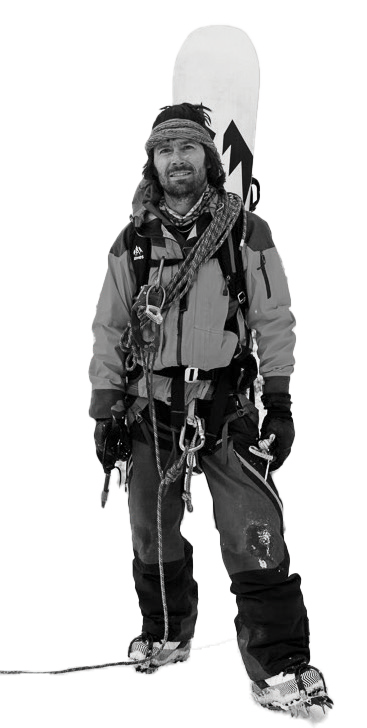
Fun Fact
Protect Our Winters has grown beyond snowsports, now reaching
advocates from across the entire outdoor community with the help of world-class athletes like Tommy Caldwell, Conrad Anker, Jimmy Chin, as well as leading scientists, thought-starting creatives, legacy brands, and local alliances across the globe involved. Jeremy has done real good.
So What Makes These Guys So Special?
“We turn passionate outdoor enthusiasts into effective climate advocates.” POW meets outdoor-enthusiasts where they are, to show them the ropes of advocacy.
And What Makes That So Special?
The Theory of Change: The POW theory of change hinges on the belief that the outdoor community (hint: that’s people who like doing things outdoors) can have a scale-tipping impact simply by driving participation at those thin marginal moments when it matters.
By focusing efforts on critical geographies and creating local activations, they believe they can educate, register and turn out enough voters to shift our nation’s response to the climate crisis.
A Couple Of Things Pow Has Done Since It Started:
- 78k in the past two years emails, phone calls, and letters sent to lawmakers in support of climate solutions through direct POW efforts.
- Launched the Make A Plan To Vote Tool targeted towards the 50 million-plus members of The Outdoor State, a growing community of passionate skiers, snowboarders, trail runners, mountain bikers, climbers and anglers who together form a voting bloc bigger than any US state.
- Forged alliances with Burton, Patagonia, REI, North Face, Bank of the West and other leading brands to further broadcast their message and share research reports.
- Anchored their advocacy efforts around public lands, carbon pricing, electric vehicle infrastructure, and renewables.
- 614,794,592 POW stickers sold and placed on outdoor enthusiast snowboards, skis, cars, helmets, luggage and any open space found at local dive bars. (Ballpark number of stickers sold.)
- Empowered the outdoor community to send 7,649 letters to their elected officials asking them to protect the lands defined in the CORE Act. The CORE Act protects 400,000 acres of new wilderness areas near Telluride, Norwood, Ouray, and Ridgway of Colorado public lands. This bipartisan support bill takes those acres off the table for future oil and gas development and creates a program to reuse methane (read: potent greenhouse gas) waste. As of the print date of The Weather Issue, the CORE Act has not been approved…yet.
- Empowered the outdoor community to send 5,500+ messages to their elected officials, asking them to halt drilling in the Arctic National Wildlife Refuge and designate the area preserved. Fun to share that on his first day, the 46th President of the United States, placed a temporary moratorium on all oil and natural gas leasing activities in the refuge.
The world needs our community. It’s the sum of our small efforts—where we turn our passion into purpose.
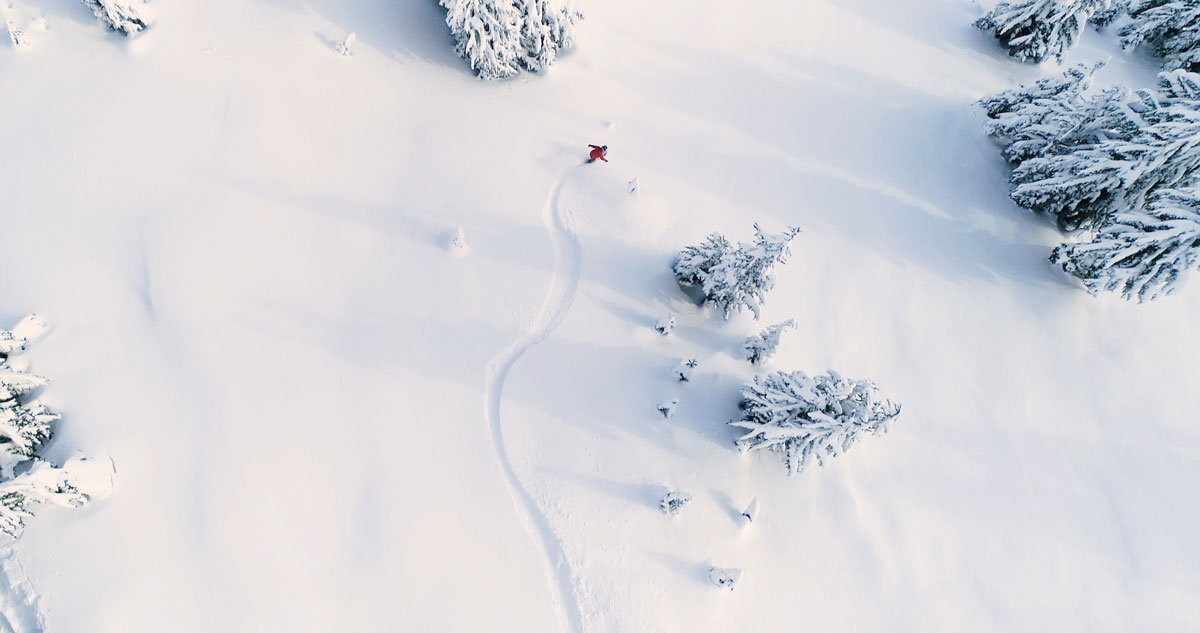
Nerd Alert:
What is carbon exactly and why is it so damn important? In this context “carbon” is commonly used as a shorthand for carbon dioxide, one of the most potent greenhouse gases released by humans. The term carbon also crops up in the phrase carbon footprint, which describes the total amount of greenhouse gases released as the result of a given activity. And the release of carbon emissions affects the planet significantly causing global warming and ultimately, climate change. In other words, the CO2 is trapping heat from the sun inside of our atmosphere. This is important because if the planet can’t keep up with the amount of carbon released it will not be able to regulate the temperature. Humans tend to not like the part where that happens because not being able to regulate the temperature will lead to things like more volatile storm systems which could lead to droughts, floods, extreme weather and environmental damages thereby affecting agriculture, healthcare, and resources for energy. It’s a chain reaction that all starts with carbon and knocks things down from there. They have found things like the planet could possibly warm by 2.7 °F by 2040 at the rate the chain reaction is going. Humans very much hate the thought of that. Good news is that smart people have done a ton of research and are now arming the humans who don’t like bad news with information to take action to combat the chain reaction. 91 scientists from 40 countries came to the conclusion that if humans can reduce greenhouse gases by 45% by 2030, then 100% by 2050, and if we increase use of renewable energy by 67%, drastically cut fossil fuel energy, then we can plan on a more stable future. To make those reductions they suggest humans talk to other humans who are in charge of these decisions.
That small device that is within arm’s reach could guide you to an unlimited amount of resources to further help your education. But the internet machine can get tricky so here’s a list of recommended reading, films and places.
Books
- Eaarth by Bill McKibben
- Getting Green Done by Auden Schendler
- This Changes Everything by Naomi Klein
- The Uninhabitable Earth by David Wallace-Wells
- Ishmael by Daniel Quinn
- The New Climate War by Michael Mann
Movies
- Purple Mountains by Josh “Bones” Murphy
- Ode To Muir by TGR and Jeremy Jones
- Time to Choose by Charles Ferguson
- Merchants of Doubt by Robert Kenner
- Chasing Ice by James Balog
- The Human Element by James Balog
- The Condor and the Eagle by Clement Guerra
- Colors of Change by Jenny Nichols/Pongo Media
Websites
3 Things You Can Do Today To Become A Climate Advocate:
- Let elected officials know how you feel.
- Donate.
- Find out how much carbon you’re putting out there.
All of these can be done pretty easy at protectourwinters.org
